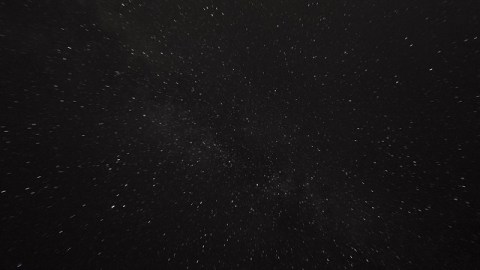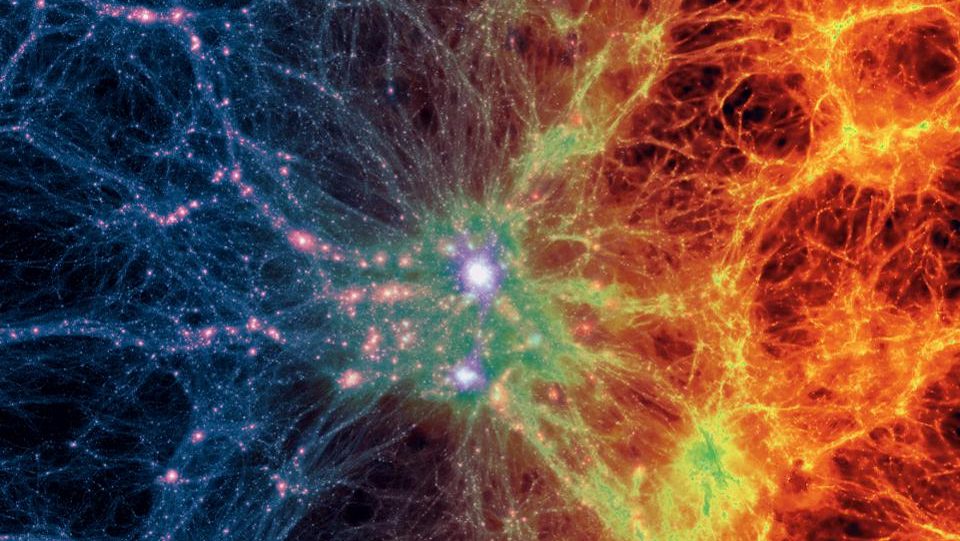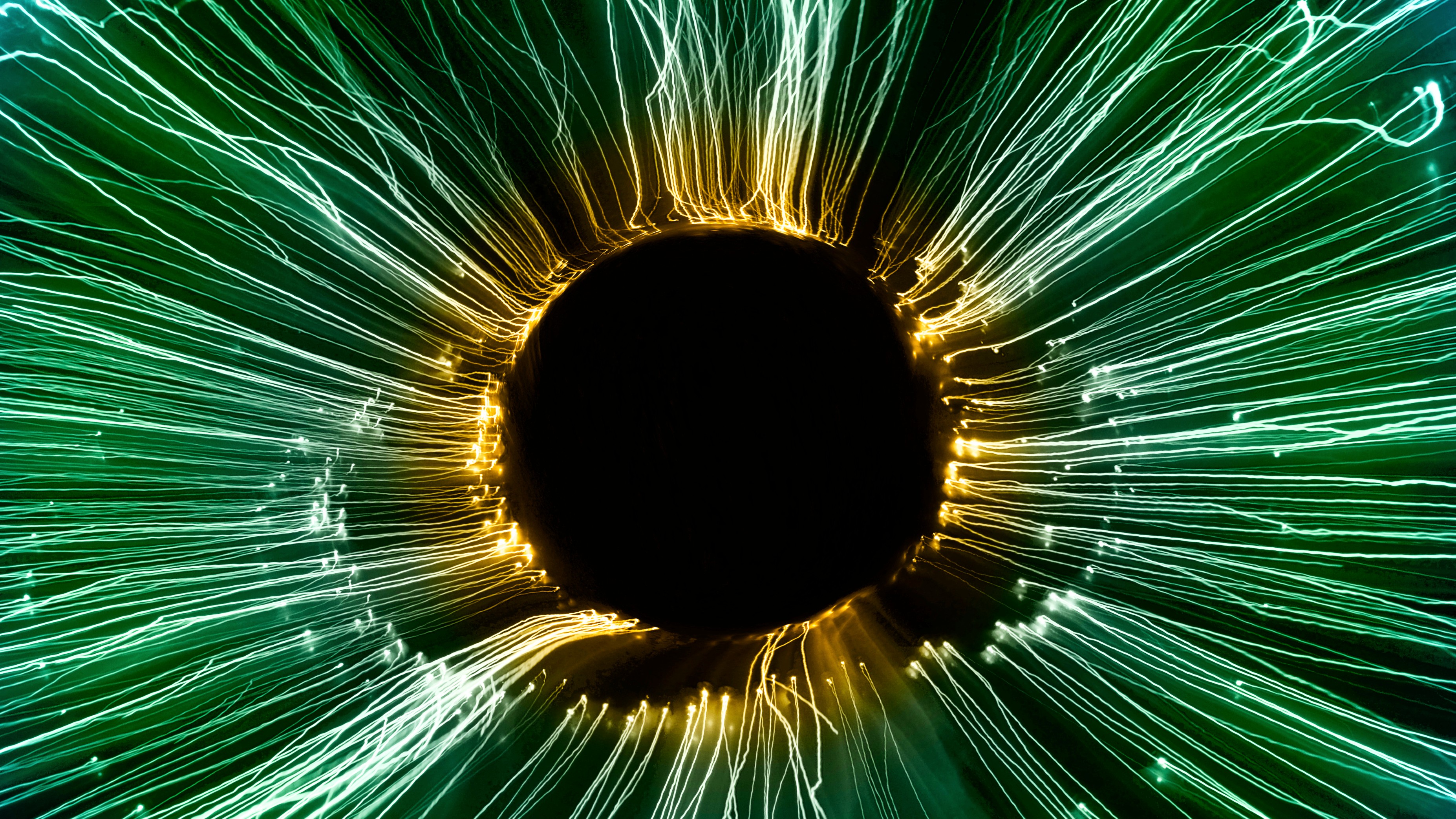Dark Matter May Not Be That Mysterious After All

What’s the Latest Development?
Vanderbilt University professor Robert Scherrer and post-doctoral fellow Chiu Man Ho have developed a hypothesis on the composition of dark matter that, unlike other attempts at explanation, can be readily tested using existing underground detectors. Their focus is on the Majorana fermion, a theoretical particle that exhibits a different kind of electromagnetism than most other particles and is undetectable unless it’s moving very quickly. “If dark matter, which is thought to be moving much more slowly than it was at the dawn of the universe, is made of Majorana fermions, then that could explain why it’s been so hard to spot.”
What’s the Big Idea?
Scientists speculate that dark matter makes up about 85 percent of all matter in the universe. The current theory concerning its composition is that it’s made of weakly interacting massive particles (WIMPs) left over after the Big Bang. However, nobody has been able to definitively detect a WIMP. Scherrer and Ho’s paper, which appeared in a recent issue of Physics Letters B, predicts the rate at which Majorana fermions should appear in the underground detectors and indicates that their existence should soon be discovered or ruled out. Unlike WIMPs, Majorana fermions — or at least their signatures — have been detected in past research using crystalline wires.
Photo Credit: Shutterstock.com
Read it at The Christian Science Monitor





